When visiting Boracay you will most likely end up diving Camia II. This wreck is just off the coast of Station III making it easy to access from the local dive shops. The wreck offers an easy dive with the ability to dive a wreck and enjoy some macro life simultaneously.
Quick Trip Overview
- Location: Boracay, Philippines
- Closest Airport: Kalibo International Airport
Diving at Boracay Quick Information
- Wet Suit: Skin, or 3mm
- Water Temperature: 28-30 Celsius
- Current: Mild if there is one.
- Max Depth: 31m
About the Camia II
The Camia II was purposely sunk in 2000 just off the beaches of Boracay. The cargo ship offers plenty of room to explore and penetrate if you are conducting a wreck or are wreck certified.
The boat is overall in a great position, maintaining the shape of the cargo ship and with minor coral thriving across the vessel.
The wreck is large enough to occupy an entire dive, and still small enough to not limit divers from not being able to visit the entirety. The overall length of the vessel is 30m long.
Dive Season in Boracay
The rainy season is between the end of June through to about October. During this time the visibility and water conditions can be more rough than normal.
Additionally, visibility can lower in December to January as plankton bloom occurs and clouds the water more. During this period of time visibility can be as low as 5m to 10m.
Ultimately the best time to dive in Boracay is from February to May. During this period visibility can be as high as 20m to 30m.
Recommended Certifications for Diving Camia II
Here are the two certifications that are ideal for diving at the Camia II
- Advanced Open Water
- Wreck Diver
Advanced open water due to the fact of the depth of the vessel being upwards of 30m. Other than the depth though, the dive is simple and easy to navigate for newer divers.
Wreck diver will be necessary if you are interested in penetrating the wreck and visiting the cargo bay areas. You may find that some of the local Boracay dive shops are practicing wreck dive certifications at the wreck as the openings and positioning is perfect for those wanting to train. So if you want to be wrecked certified, here is a great option!
What to Spot at Camia II
Camia II is an interesting spot, as most will show up with a wide-angle or fish eye lens because of the fact that the dive spot is at a wreck. You can indeed get great photos of the wreck with the incredible visibility typically found at Boracay.
However, what I found the most interesting is the amount of nudibranch found at the dive site. There were so many types of nudibranch that when I dove the site a second time I used a macro lens instead.
- Nudibranch – there are a variety of nudibranch to see in Boracay and Camia II is a great location to do it. Due to the layout of the boat and the limited hiding spots finding nudibranch is fairly easy compared to other dive spots.
- Lionfish – you will find lionfish on the lower section hiding.
- Grouper – if you are looking for a larger fish variety there is always the opportunity to spot a grouper.
Photo Spots at the Camia II
Due to the ship purposely sinking, the wreck is in great condition for photographs.
- Bow – swim around to the front and snap some photos of the bow of the boat.
- Stern – the stern I think was my favorite, as it is larger, I took numerous photos in this area.
- Mast – just behind the cabins area there is a large mast where numerous fish swim around and has now become covered in coral. This is a great area to capture some up-close photos with the wreck in the backdrop.
What to Expect Diving at Camia II
Overall diving at Camia II is an easy experience. Due to the conditions at Boracay – great visibility, typically mild currents – this makes the dive experience a simple one.
The dive is straight forward, a dive group will swim up to the wreck and then move clockwise, or counterclockwise around the wreck. Then end the wreck by swimming over the top looking for the variety of marine life that is located there.
The only downside about the wreck is that due to one object being the primary aspect of this diving location this is the one dive site where you will spot other dive groups. Most other locations are widespread areas, and your dive group can just go off in a different direction, however, with the central focus being the wreck there is no way to avoid other groups except to keep a distance from the other groups.
During my dives at Camia II I was fortunate to never see more than two other groups of divers so the crowd was more than manageable.
Finally, there is a mooring line nearby where the boats will moor to for diving. This is typically where divers will enter and then exit. Because of the mooring line, some divers will hold onto the line for the safety stop at the conclusion of the dive.
Dive Shops in Boracay
There are numerous dive shops scattered along the beach at Boracay. You will find a majority of them located at Station III. This means you can arrange beforehand, or even potentially walk up to a dive shop to arrange a dive last minute (as long as you have your credentialing with you).
I personally stayed at a dive resort as I enjoy being able to stay where I dive from. My dive trips are just that – multiple dives in one day. Staying at a resort that the dive shop is located in the same spot makes the trip incredibly easy.
Read more about diving at Boracay at my Boracay post, here will break down more about the dive conditions and Boracay white sand beach area.


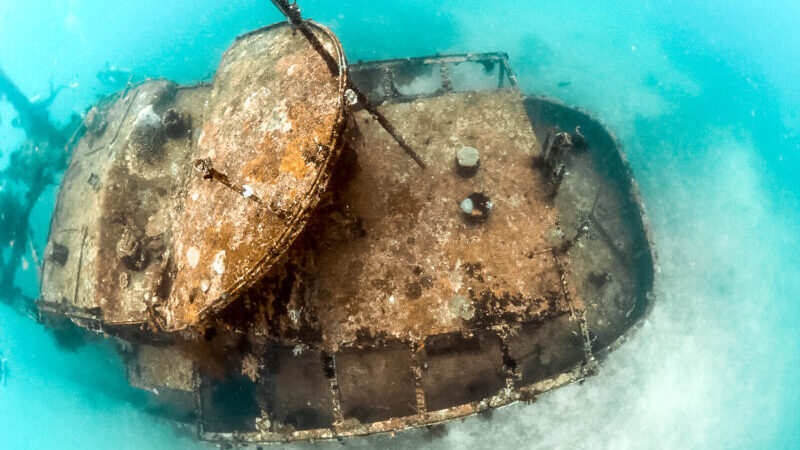
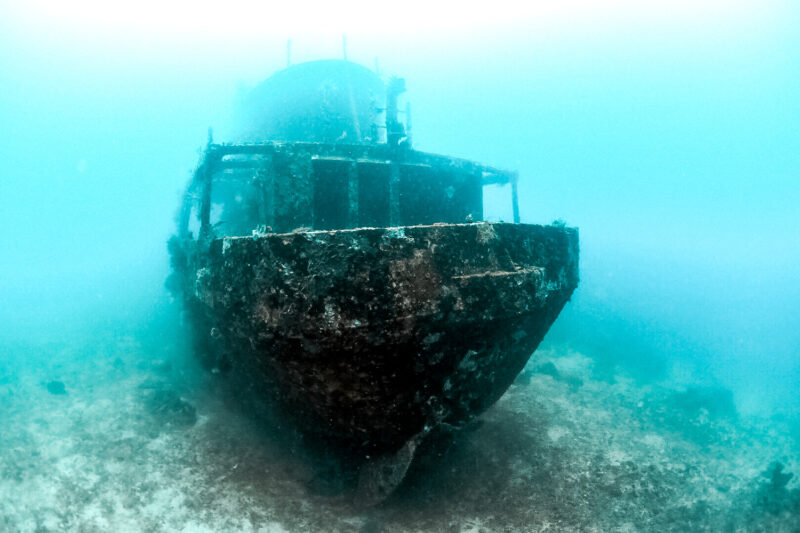
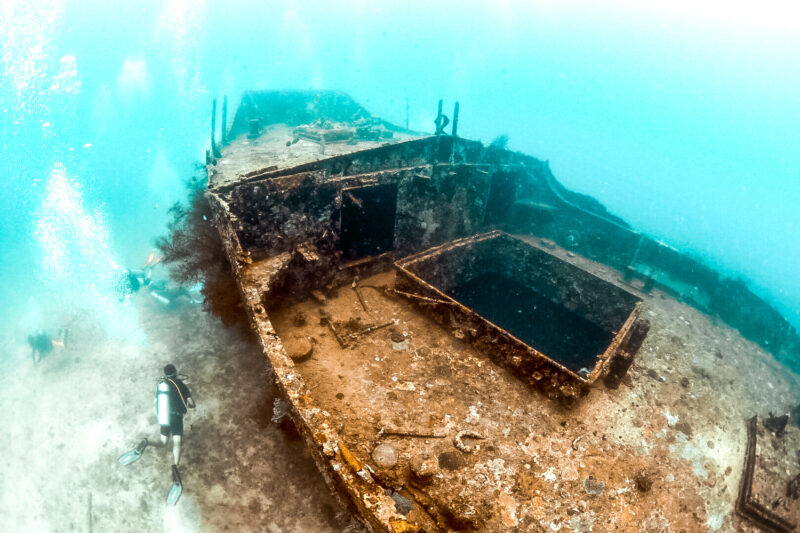
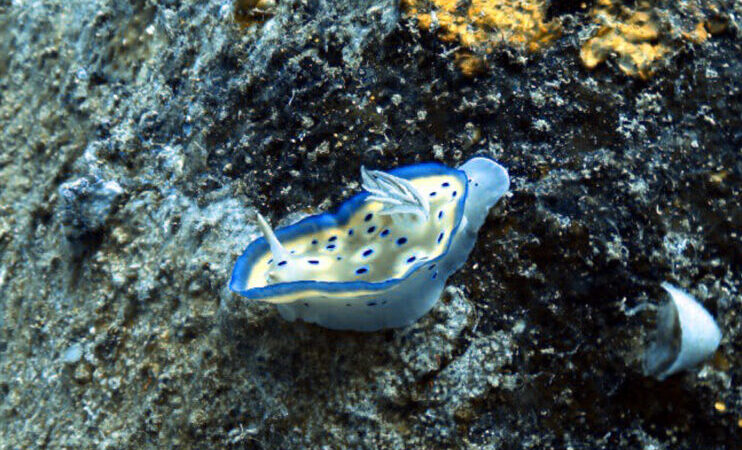
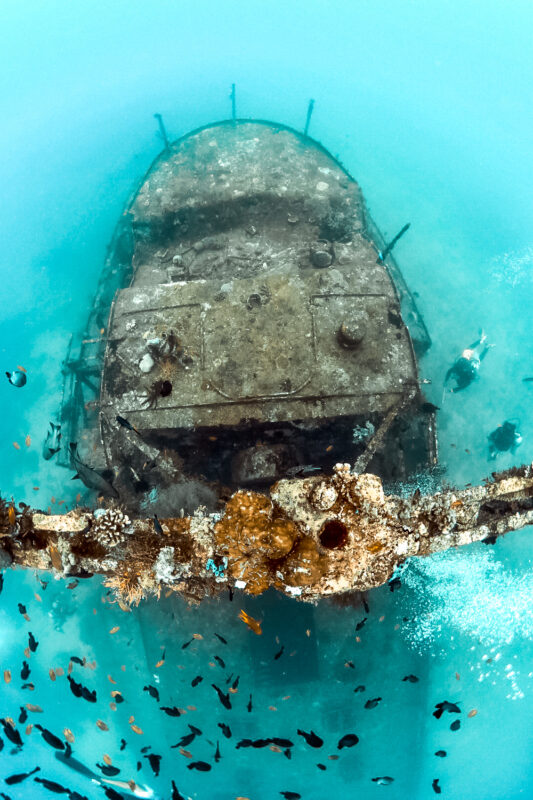
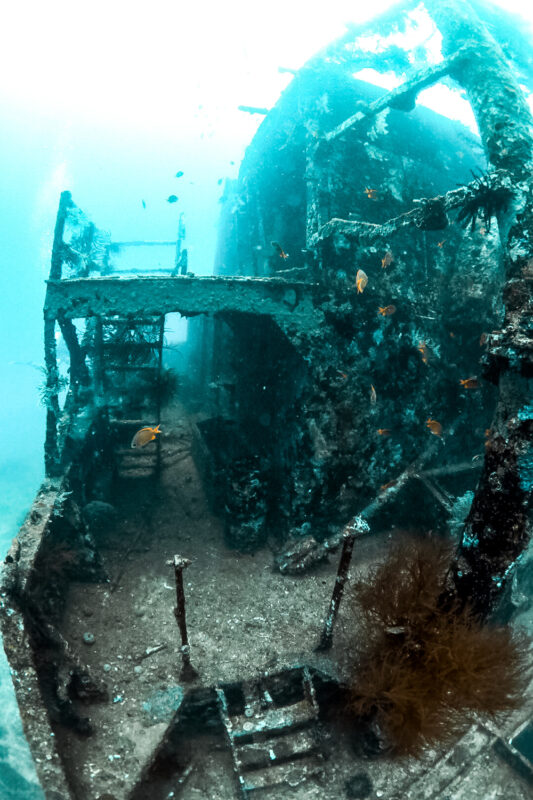

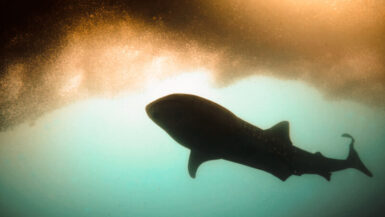
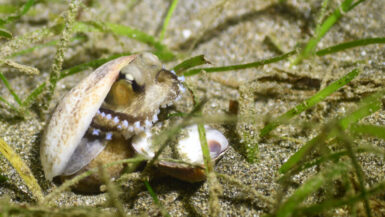
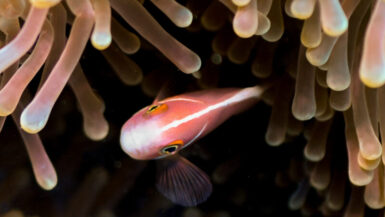
Leave a reply